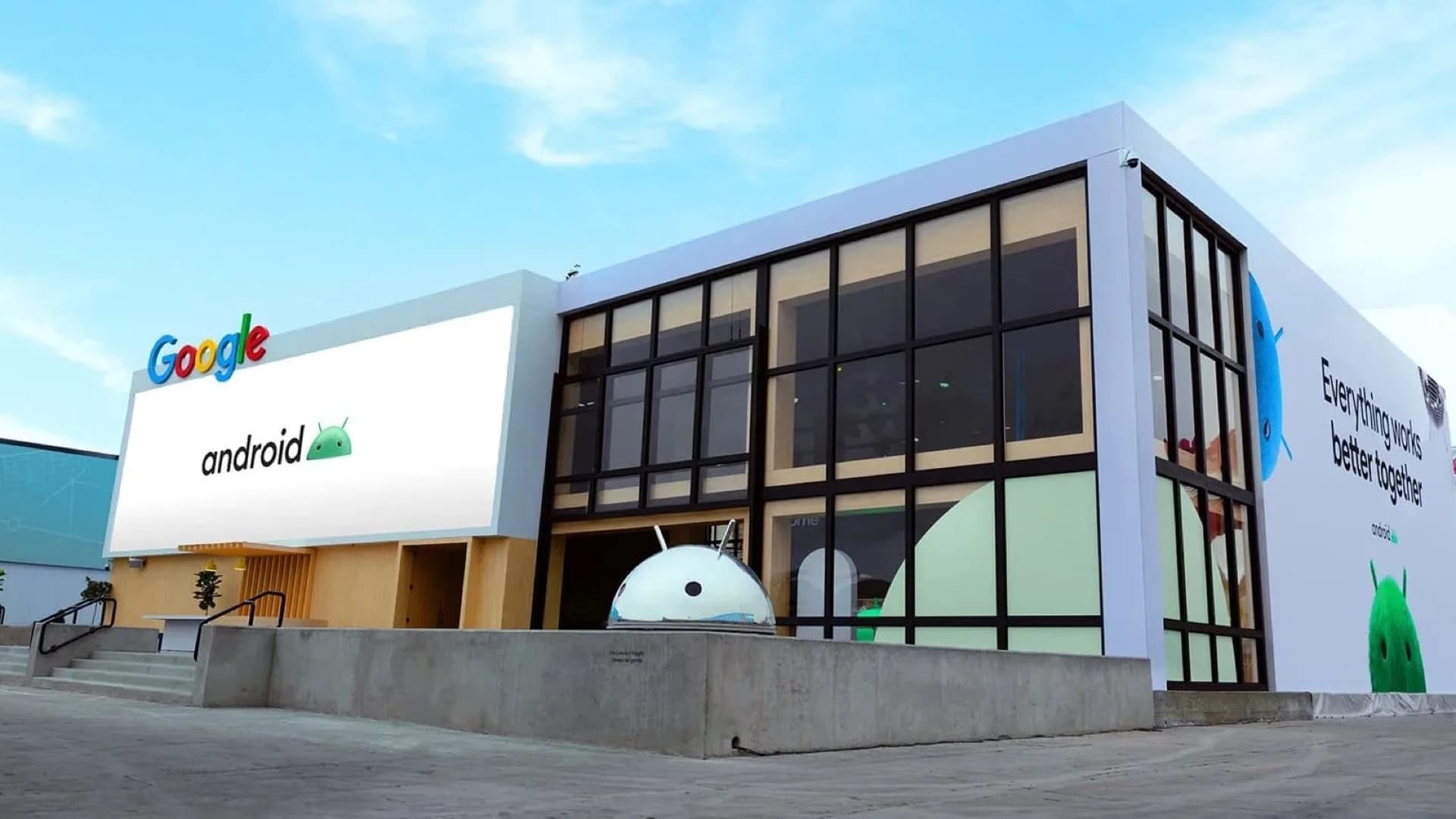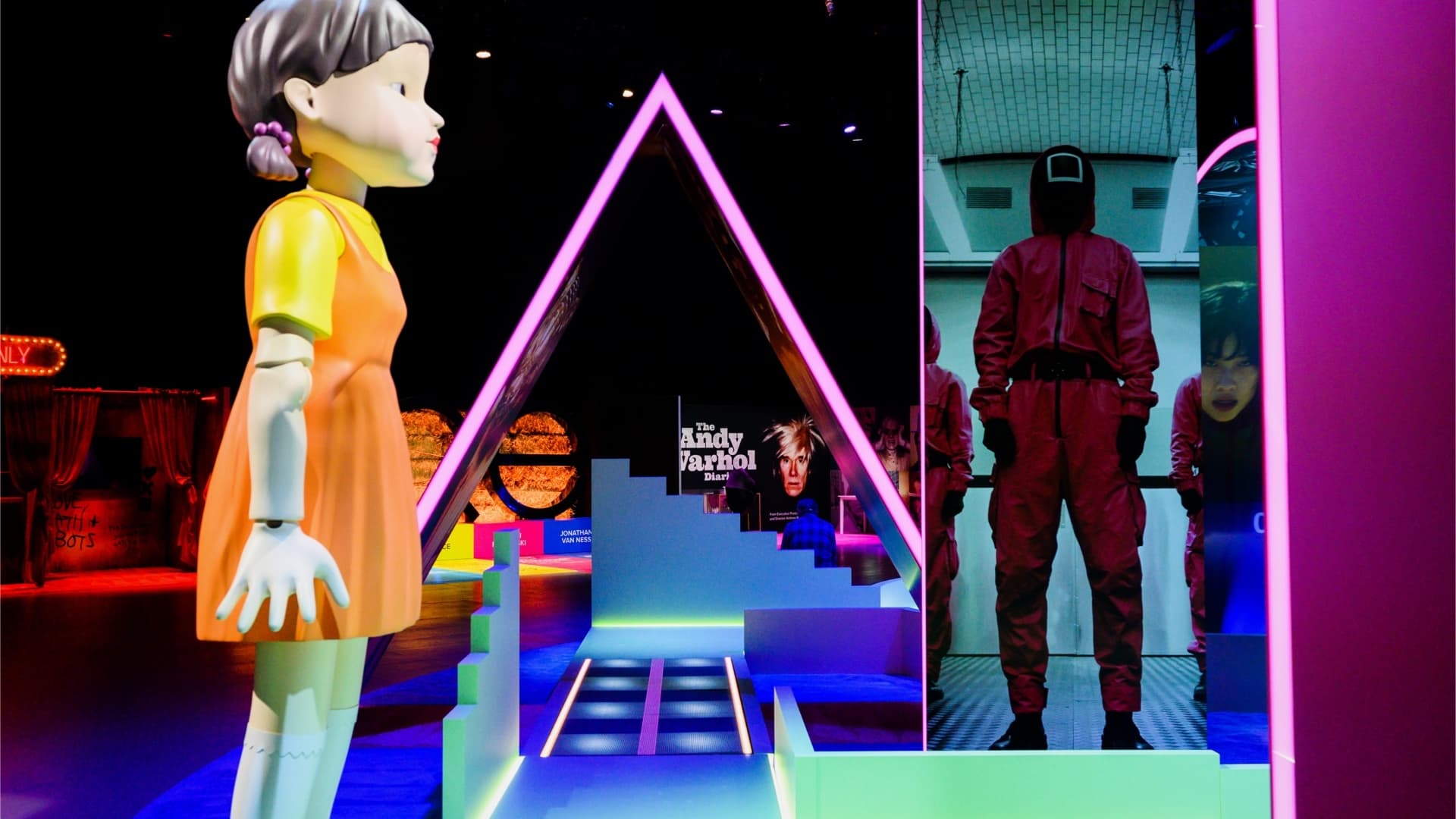Kreative AV-LED-Innovationen


Innovations in creative technology have enabled events professionals to create experiences that are more immersive and dynamic than ever. Incorporating leading applications of LED technology into a design is a great way to draw attention to an activation and create a memorable environment. Take a look at the LED options below for an overview of some of the most popular creative technology trends.
Pixel pitch know-how
If you want to integrate LED technology into your experiences, you need to understand the basics. These basics start with pixel pitch, which correlates with resolution and determines how clear images appear on an LED wall.
Pixel pitch measures the density, or distance between pixels, measured in millimeters. The smaller the pixel pitch, the less white space there is between pixels and the higher the screen resolution.
When it comes to pixel pitch, a tighter pitch is more expensive and labor intensive. In general, designers prefer a smaller LED video wall pixel pitch. However, for larger events where attendees are farther from the wall, you can use a higher pixel pitch and save money.
To determine the optimal pixel pitch for your LED wall, you should consider the distance from which a viewer can properly see the LED image. This is called the "viewing distance". Here's a simple rule: 3.5 feet back for every 1mm of pixel pitch.

Indoor vs. outdoor LED
Indoor LED allows you to play videos over a large area and create movement to make rooms more lively. Indoor screens tend to have a smaller pixel pitch (higher resolution). They are best suited for high profile messages and digital signage.
An LED wall covered an entire side of the impressive 30'x30' Cybereason booth at RSA. Check out the case study.
Compared to indoor LED, outdoor LED need to be much brighter to keep up with sunlight. Because they are typically viewed from a distance, outdoor LED video walls can have a much lower resolution. They are specifically designed for outdoor use and can withstand the elements. They are great for live events and image magnification (IMAG).
Creative LED applications
Now that we know the basics, let's look at various creative LED applications and their uses.
Curved or flexible LED is well suited for digital signage and theatrical performances under an overhead canopy. Some of the tiles are curved while others are faceted to create curves. This application allows you to adapt your screen to structures.
Corners can be used to create incredible visual effects and beautiful continuous media surfaces. However, using LED corners can be tricky! Outside corners require beveled tiles to allow the corners to be touched. Interior angles may require additional structural considerations. Corners work best for signage where LED wraps 90 degrees.
Sparks application of corners with 12' LED walls and an LED ceiling created an immersive environment for Secureworks 20'x20' exhibit at Blackhat.
Triangular Tiles are now becoming standard to finish off LED walls at an angle. You can use triangular tiles to create different angular shapes and break up the redundancy of straight edges.
Transparent or Clear LED comes in all shapes, sizes, formats and densities, and isn't actually transparent. It's similar to looking through a screen door—you can see through the areas where the LED is off and the content is black. It becomes more opaque as the content lightens up, giving the illusion of content floating in space. Note that transparent LED is not structural—it needs to be hung.
LED Floors bring life to the floor by playing content below your feet. They are great for showcasing large products and can support heavy objects, like cars. And you can use add-ons to create interactive floor experiences. Although the resolution is low, the content can react to your audience in real time, creating magic at their feet!

The Netflix FYSEE exhibition space at LA's Raleigh Studios featured Sparks' award-winning Squid Game activation, which used interactive INFiLED floor panels to create a “glass bridge.” Attendees attempted to pick a path across the 4'x10' LED bridge without the “glass” breaking. If a participant stepped on the wrong panel, a video of glass shattering appeared beneath them, accompanied by audio of breaking glass. Behind the scenes, the pressure of walking on the sensitive interactive LED floor triggered software that directed the “glass” to break randomly.
LED Spheres are a non-traditional, eye-catching canvas. LED sphere technology is best used for showcasing large product overhead. It is often used to create interactive experiences triggered by gesture sensors. Note that you will have to create custom media, but templates are available.
If you're on a tight budget, keep it simple and creative with LED Banners. You can use multiple banners to show image galleries and video instead of using an LED wall. LED banners are ideal for event digital signage—their small 1.9 mm pixel pitch allows for high resolution images and small text to be displayed at close viewing distances.
Today's LED technology options allow you to create dynamic experiences that engage audiences in ways that were only imagined a short time ago. From small displays to large activations, events industry veterans have witnessed a creative revolution in the world of events, propelled by access to technology and lighting innovations.